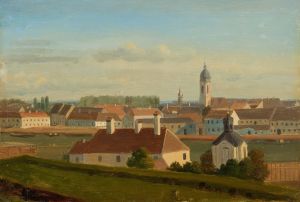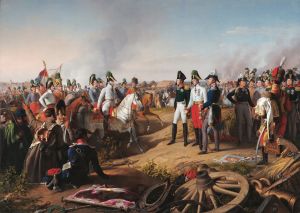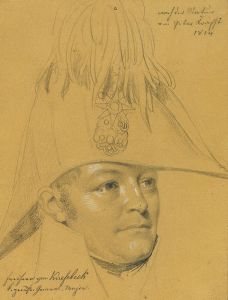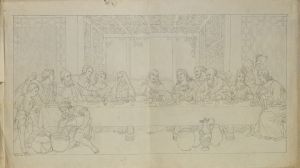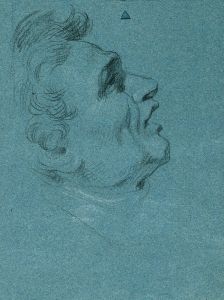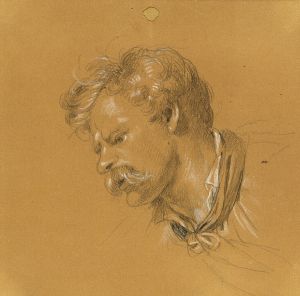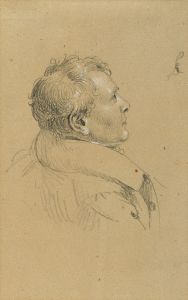
Kopfstudie eines Knaben zu ‘Rückkehr des Kaisers Franz aus Pressburg’
A hand-painted replica of Johann Peter Krafft’s masterpiece Kopfstudie eines Knaben zu ‘Rückkehr des Kaisers Franz aus Pressburg’, meticulously crafted by professional artists to capture the true essence of the original. Each piece is created with museum-quality canvas and rare mineral pigments, carefully painted by experienced artists with delicate brushstrokes and rich, layered colors to perfectly recreate the texture of the original artwork. Unlike machine-printed reproductions, this hand-painted version brings the painting to life, infused with the artist’s emotions and skill in every stroke. Whether for personal collection or home decoration, it instantly elevates the artistic atmosphere of any space.
Johann Peter Krafft's Kopfstudie eines Knaben zu ‘Rückkehr des Kaisers Franz aus Pressburg’ (Head Study of a Boy for ‘The Return of Emperor Franz from Pressburg’) is a preparatory study created by the Austrian painter Johann Peter Krafft (1780–1856). Krafft is recognized as one of the prominent artists of the Biedermeier period, known for his historical paintings, portraits, and genre scenes that often reflected the cultural and political atmosphere of the Austrian Empire during the early 19th century.
This specific work, Kopfstudie eines Knaben, is a study for Krafft's larger historical painting Rückkehr des Kaisers Franz aus Pressburg (The Return of Emperor Franz from Pressburg). The larger painting commemorates the return of Emperor Franz I of Austria (1768–1835) following the signing of the Treaty of Pressburg in 1805. The treaty, which concluded the War of the Third Coalition, was signed between Napoleonic France and the Austrian Empire after Austria's defeat at the Battle of Austerlitz. Krafft's painting captures a moment of national significance, reflecting the political and emotional impact of the event on the Austrian people.
The Kopfstudie eines Knaben serves as a preparatory work, focusing on the detailed study of a boy's head, likely intended to be included as part of the larger composition. Such studies were a common practice among artists of the time, allowing them to refine individual elements before integrating them into the final work. The study demonstrates Krafft's skill in capturing human expression and anatomy, with particular attention to the boy's features, lighting, and texture. The work is rendered with a sense of realism and sensitivity, characteristic of Krafft's artistic approach.
The medium of the study is oil on canvas, a technique Krafft frequently employed in his works. The dimensions of the study are relatively small, as is typical for preparatory pieces. While the exact date of the study is not documented, it is presumed to have been created in the early 19th century, around the time Krafft was working on the larger painting.
Today, Kopfstudie eines Knaben is valued as an example of Krafft's meticulous preparatory process and his contribution to Austrian historical art. The study provides insight into the artist's working methods and his ability to convey emotion and character through portraiture. The location of the study, whether in a museum or private collection, is not specified in available records.







